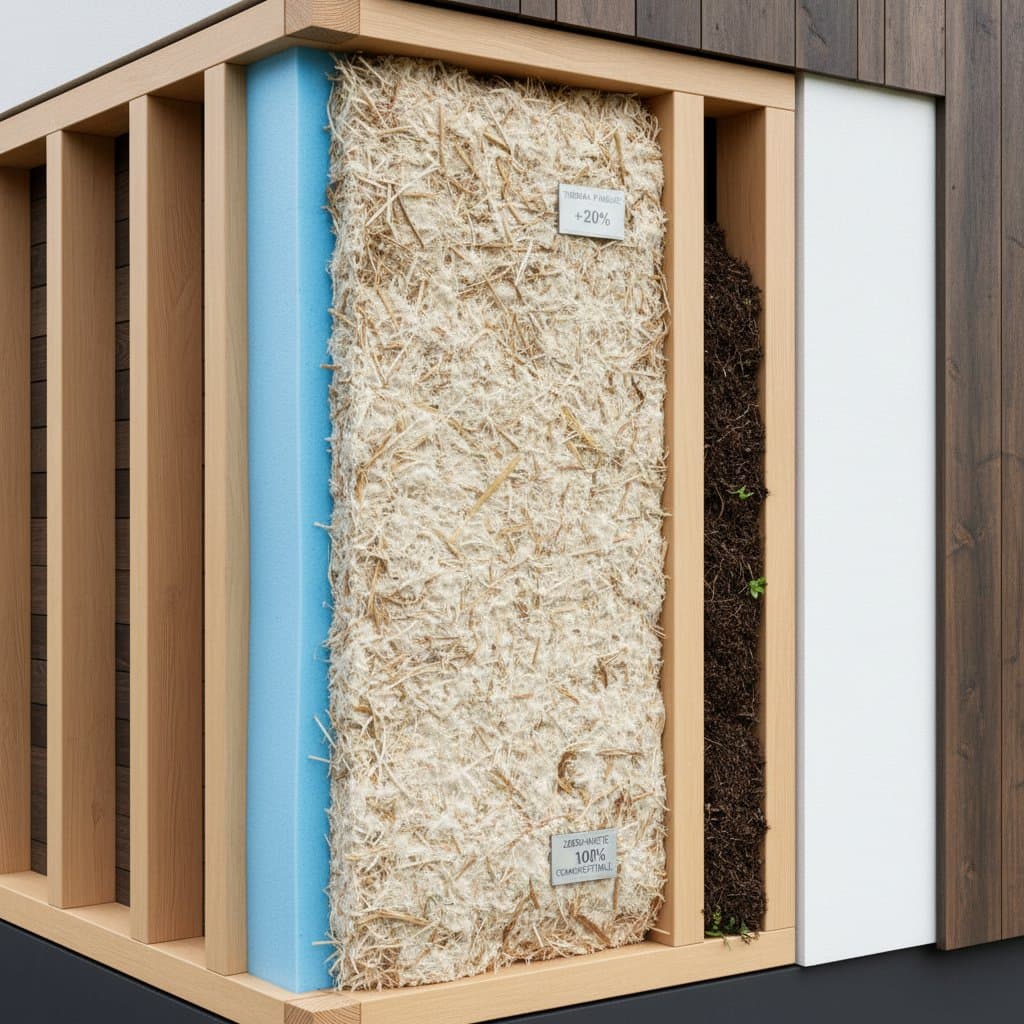Key Points
- Recycled plastic decking is reshaping sustainable outdoor living with durability and minimal maintenance.
- Homeowners are choosing recycled decks for their low environmental footprint and long lifespan.
- Expert installation and proper material selection ensure longevity, comfort, and eco-efficiency.
- Smart design choices can balance cost, performance, and aesthetics, even in challenging climates.
The Rise of Recycled Decks in Sustainable Design
As a green building pro, I have seen countless homeowners wrestle with the same challenge: how to create an inviting outdoor space that does not demand constant upkeep or harm the environment. Picture this: you step onto a deck that feels solid beneath your feet, warm in the morning sun, and completely free from splinters or rot. The color is rich and lasting, rainwater drains smoothly, and you realize it is built from recycled materials that once might have been landfill waste. That moment captures the essence of modern sustainable living.
Recycled decks are not just a passing trend in eco-friendly design. They represent a practical shift toward materials that protect natural resources while delivering long-term value. Across communities where warm summers and heavy rains test outdoor structures, recycled plastic decking is proving to be a reliable, beautiful, and conscience-friendly choice.
Why Homeowners Face the Sustainability Challenge
Many homeowners underestimate how traditional wood decks affect both household budgets and the environment. Untreated lumber often deteriorates within a decade, leading to frequent replacements. Softwoods require regular staining, sealing, and chemical treatments that can leach into soil and waterways. From my years in the field, I have observed that neglected decks can lose up to 50 percent of their strength from moisture infiltration alone.
Moreover, sourcing new lumber contributes to deforestation and carbon emissions from transport. In contrast, recycled plastic decks reuse materials that already exist, such as post-consumer plastics and reclaimed wood fibers. This process diverts tons of waste from landfills while reducing demand for virgin timber.
How Recycled Decking Changes the Game
Recycled plastic decking combines reclaimed polyethylene or polypropylene with natural fillers like wood flour or rice hulls. The result is a composite board that resists fading, cracking, and insect damage better than traditional wood. As a green building expert, I recommend these materials because they blend sustainability with performance.
When installed correctly, recycled decks can last over twice as long as pressure-treated lumber. They do not require staining or sealing, and cleaning is as simple as soap and water. The surface remains consistent in color and texture, even under harsh UV exposure. In humid regions, this technology also prevents mold growth and warping, two of the most common complaints from homeowners with older wooden decks.
Expert Tips to Boost Your Home's Eco-Efficiency
To maximize the benefits of recycled decking, consider the following expert strategies:
- Select High-Quality Materials: Look for boards containing at least 90 percent recycled content. Reputable brands publish their composition ratios and offer warranties up to 25 years.
- Plan for Proper Ventilation: Composite materials expand slightly with heat. Leave small gaps between boards and ensure airflow beneath the deck to prevent surface stress.
- Use Hidden Fasteners: Hidden clips or screw systems protect the deck surface and enhance aesthetics. They also minimize moisture intrusion around screw holes.
- Pair with Sustainable Framing: Opt for steel or recycled composite framing instead of pressure-treated wood for a fully sustainable foundation.
- Integrate Smart Drainage: A sloped substructure and integrated drainage channels help direct water away, extending lifespan and reducing maintenance.
Practical Considerations for Budget and Performance
Recycled decks typically cost between $10 and $15 per square foot installed, compared with $6 to $8 for basic wood. Yet, long-term savings make up for the difference. With minimal upkeep and no staining or sealing, homeowners can save hundreds of dollars annually on maintenance supplies and labor.
From an environmental standpoint, each 500-square-foot composite deck can repurpose roughly 140,000 plastic bags. That is a powerful example of circular resource use. According to energy auditors, recycled decking can also improve a home’s overall sustainability rating, especially when paired with solar lighting or native landscaping.
Installation times are similar to wood decks, usually within one to two weeks for an average backyard setup. Professional installation remains the safest route, especially for elevated or custom designs. DIY enthusiasts can manage smaller ground-level decks with proper guidance, but structural integrity should always be inspected by a licensed contractor before use.
Regional and Climate-Specific Insights
In coastal and humid climates, recycled plastic decking resists salt corrosion and water absorption, which often damage natural wood. In cooler regions, select boards with anti-slip textures and higher density to withstand freeze-thaw cycles. As a green building expert, I advise homeowners to match their deck material with local environmental factors. The key to success lies in understanding how your regional climate interacts with synthetic composites.
If your community focuses on stormwater management, consider integrating permeable decking options. These allow rain to filter through, reducing runoff and supporting local flood prevention goals.
Making It Happen: Partnering with the Right Experts
Building a sustainable deck is not just about picking materials; it is about creating a holistic outdoor environment that matches your lifestyle and environmental goals. Reach out to a vetted green building expert via our platform for a no-obligation quote. Professionals experienced in recycled materials can guide you through permit requirements, structural considerations, and design optimization.
Remember, every recycled deck is more than a surface to stand on. It represents a commitment to responsible living, reduced waste, and a healthier planet. When you step onto that finished deck and feel the steady glow of eco-conscious craftsmanship beneath your feet, you experience the true reward of sustainable building.
Frequently Asked Questions
Q: How long does recycled plastic decking last compared to wood?
A: With proper installation and care, recycled decking can last 25 to 30 years, roughly twice as long as most pressure-treated wood options.








